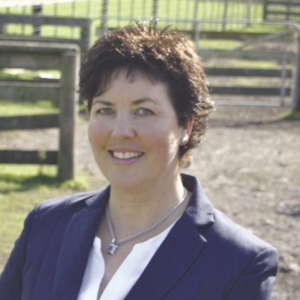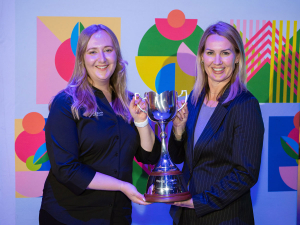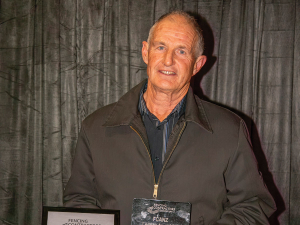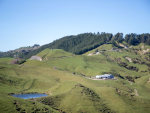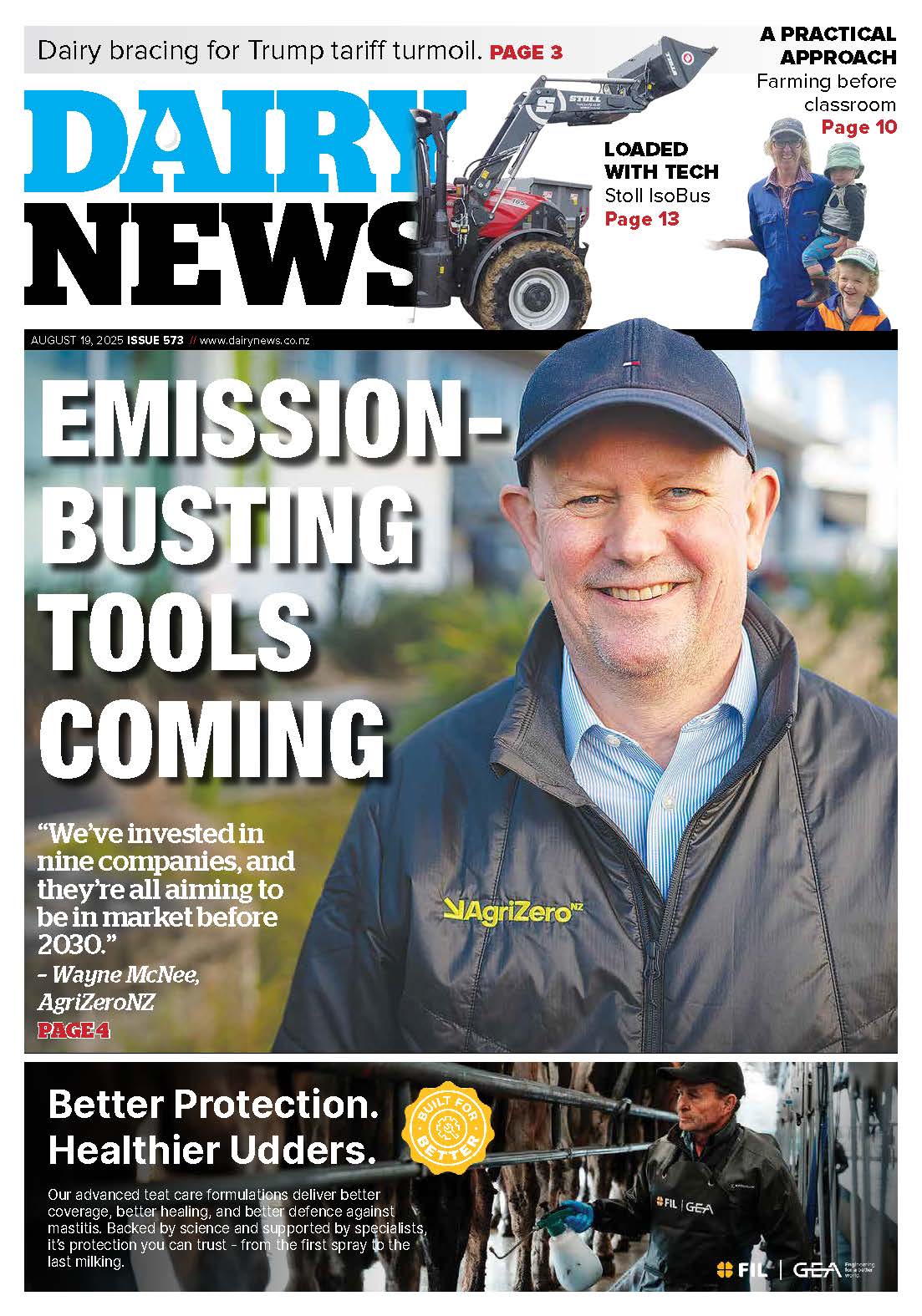Luxurious, sustainable, safe -- an investment product to wrap around new-born babies and big buildings, to be walked on, slept amongst, sat on and worn in any weather. Intrinsically wool has all the benefits nature could bestow on a fibre.
I’m a huge fan of wool in all its guises, and proud to have been involved in producing it all my life in a range from ultrafine to strong crossbred. So I’m honoured to be chairing the group responsible for bringing the wool levy referendum to you, the wool grower.
You will have received your voting packs by now (if not contact electionz.com on 0508 666 002 immediately so they can get one to you). As primary producers, we don’t often get a direct say in the influences on our businesses; this is one such opportunity.
Working with the industry leaders who in 2010 evaluated the abolition of the wool levy has been a revelation. My input has been as a woolgrower and as a NZ Nuffield Scholar in 2012.
Woolgrowers are losing ground without industry support. We need to understand there are opportunities available to us, but only if we choose collectively to invest in the right projects. Information and transparency is vital.
Retailers tell of a fundamental lack of understanding among consumers about what wool is and where it comes from: some consumers think wool production is like the fur trade. Commercial and grower entities out in the market now are devising education programmes; with strategic, carefully costed initiatives these programmes could be expanded. They need to explain the basics of wool. For too long we have assumed everyone knows what we do and what wool is. The unpalatable truth is they don’t and this needs to change.
The Campaign for Wool is a winner: where else do you see free endorsement from royalty and ‘A-list’ celebrities, plus free advertising in the world’s leading magazines? Perhaps we should be paying for it – we might appreciate it more!
Make no mistake, the Campaign for Wool is not generic marketing, it is simply about keeping the door open. Synthetic, oil-based fibres have captured our market but, while wool may be a niche product it is one with incredibly robust qualities. Wool also has the luxury edge and consumers will always recognise quality – but they must be aware of the option.
Along with wool’s natural attributes its environmental story must be transmitted along the length of the value chain to policymakers and consumers. That’s where our value return will come from – contrasting what wool is and what it is not.
As a woolgrower I can only vote as I see fit, and here is how I see it.
Everyone acknowledges the mistakes of the past: frivolous spending and questionable business decisions are the theme. We can stare at our boots and bemoan the waste of money, the loss of expertise and the disrespect to those paying the money. We can continue to view wool as a by-product requiring shearing as a necessary evil for animal health reasons. We can rid of it off our farms and make it someone else’s problem.
But there is an alternative: we can lift our heads and start looking to the future. We can begin celebrating the success of the woolgrowers who still take pride in their clip, who understand its value to their farm profitability. We can look to support the young people who want to bring their drive and enthusiasm to all levels of our industry. We can tell our part of the story and help our marketing teams create the vital link between farmer and purchaser. We can capture and share the information that will allow us to make informed decisions about selling our clip.
And most importantly we can give ourselves options by gaining grower consensus. We need one united voice supported by the entire industry – an internationally recognised representative body not aligned commercially to any particular entity.
If you have no objections to the returns we farmers are getting and if you believe consumers know what wool is, then so be it. However, if you believe we are better off together then you will vote to support the levy.
• Sandra Faulkner is chair of the Wool Levy Group.





